Introduction
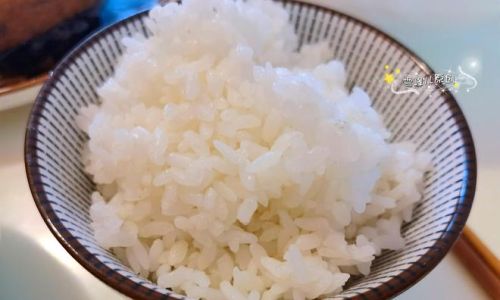
Cooking rice and vegetables together in a steamer is a delightful way to enjoy a nutritious and flavorful meal without much hassle. This method not only preserves the natural juices and nutrients of the vegetables but also ensures that the rice remains fluffy and perfectly cooked. Whether you’re a seasoned chef or a beginner in the kitchen, steaming rice and vegetables together can be a rewarding culinary experience. In this comprehensive guide, we’ll explore the intricacies of this cooking technique, from selecting the right ingredients to mastering the steaming process. By the end, you’ll be equipped with the knowledge and skills to create delicious, healthy meals that your family and friends will love.
Chapter 1: Understanding the Basics of Steaming
Steaming is a cooking method that involves using the heat from boiling water to cook food. The food is placed in a steamer basket or tray above the boiling water, allowing the steam to gently cook it. This method is highly effective for preserving the color, texture, and nutritional value of food. Steaming also requires less oil and fat, making it a healthier cooking option.
1 Benefits of Steaming
- Nutrient Preservation: Steaming preserves more vitamins and minerals than other cooking methods like boiling or frying.
- Flavor Enhancement: Steamed food retains its natural flavors and can be seasoned lightly to enhance taste.
- Health Benefits: It’s a low-fat cooking method, ideal for those watching their cholesterol and calorie intake.
- Ease of Cooking: Steaming is relatively straightforward and doesn’t require constant monitoring.
2 Equipment Needed
- Steamer: A traditional bamboo steamer, a metal steamer basket, or an electric steamer can be used.
- Pot with Lid: A large pot with a tight-fitting lid is essential for creating an effective steaming environment.
- Heat Source: A stove or an electric burner to boil the water.
- Tongs or Spatula: For handling the steamer basket and removing hot food.
Chapter 2: Selecting the Right Ingredients
Choosing the right rice and vegetables is crucial for a successful steaming session. Here’s a guide to help you make informed decisions.
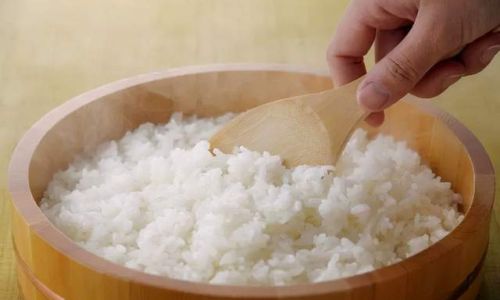
1 Types of Rice
- Long-Grain Rice: Ideal for steaming because it remains fluffy and separate. Varieties like basmati and jasmine are popular.
- Medium-Grain Rice: Suitable for steaming but tends to be stickier. Arborio rice, used for risotto, is an example.
- Short-Grain Rice: Often used in sushi (like Japanese short-grain rice) and can be steamed but may stick together more.
2 Choosing Vegetables
- Leafy Greens: Spinach, kale, and collard greens steam quickly and retain their vibrant color.
- Cruciferous Vegetables: Broccoli, cauliflower, and Brussels sprouts hold their shape well and add crunch.
- Root Vegetables: Carrots, potatoes, and sweet potatoes take longer to steam but offer a hearty texture and flavor.
- Summer Vegetables: Zucchini, bell peppers, and corn are versatile and steam beautifully.
Chapter 3: Preparing the Rice and Vegetables
Proper preparation is key to achieving the best results when steaming rice and vegetables together.
1 Preparing the Rice
- Rinsing: Rinse the rice under cold water until the water runs clear. This removes excess starch and prevents clumping.
- Soaking (Optional): Soaking rice for 30 minutes can help it cook more evenly, but it’s not always necessary.
- Measuring Water: Use approximately 1.5 to 2 cups of water for every cup of rice. Adjust based on the type of rice and your preferred texture.
2 Preparing the Vegetables
- Cleaning: Thoroughly wash vegetables under running water.
- Trimming: Remove any stems, leaves, or tough outer skin as needed.
- Cutting: Slice or chop vegetables into uniform pieces to ensure even cooking. Smaller pieces will steam faster.
Chapter 4: The Steaming Process
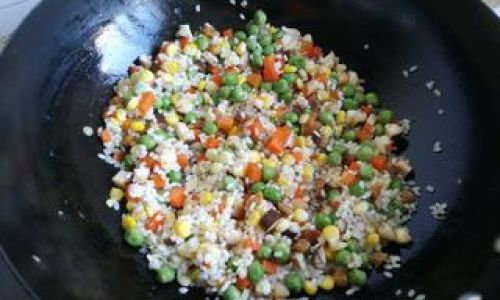
Now, let’s dive into the step-by-step process of steaming rice and vegetables together.
1 Setting Up the Steamer
- Fill the Pot: Add water to the pot, ensuring it doesn’t touch the bottom of the steamer basket or tray.
- Bring to a Boil: Place the pot on the stove and bring the water to a rolling boil.
- Prepare the Basket: Place the steamer basket inside the pot, ensuring it’s securely positioned.
2 Layering the Ingredients
- Rice First: Spread the rinsed and drained rice evenly in the steamer basket.
- Vegetables: Arrange the prepared vegetables in a single layer over the rice. You can mix them together or create separate layers for better cooking control.
3 Steaming Time
- Covered Cooking: Cover the pot with the lid and reduce the heat to maintain a gentle simmer.
- Timing: The steaming time will depend on the type of rice and vegetables used. As a general guideline:
- Long-Grain Rice: 15-20 minutes
- Medium-Grain Rice: 20-25 minutes
- Short-Grain Rice: 25-30 minutes
- Vegetables: 5-15 minutes, depending on their type and size.
4 Checking for Doneness
- Rice: Fluff the rice with a fork to check for doneness. It should be tender and cooked through.
- Vegetables: Pierce with a fork or knife to ensure they are tender but not overcooked.
Chapter 5: Seasoning and Serving
Once the rice and vegetables are steamed to perfection, it’s time to add some flavor and serve.
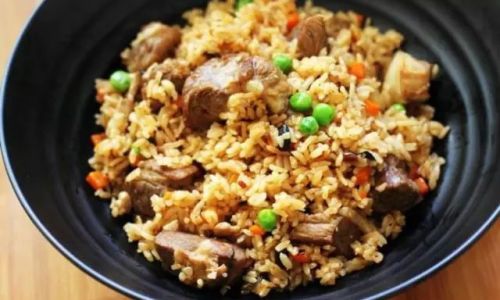
1 Seasoning
- Light Seasoning: Drizzle with olive oil, a squeeze of lemon juice, or a sprinkle of salt and pepper.
- Herbs and Spices: Add freshly chopped herbs like parsley, cilantro, or a pinch of paprika for extra flavor.
- Sauces: Serve with soy sauce, teriyaki sauce, or a homemade dressing for added zest.
2 Serving Suggestions
- Main Dish: Serve the steamed rice and vegetables as a main dish with a side of grilled protein like chicken, fish, or tofu.
- Side Dish: Pair with a grilled or baked main course for a balanced meal.
- Bowl Meals: Create a customizable bowl with the steamed rice and vegetables, adding toppings like avocado, nuts, seeds, or a fried egg.
Chapter 6: Troubleshooting and Tips
Even the most seasoned cooks can encounter issues when steaming rice and vegetables. Here are some troubleshooting tips and helpful hints.
1 Common Issues and Solutions
- Sticky Rice: Ensure the rice is rinsed well and not overcrowded in the steamer basket.
- Overcooked Vegetables: Monitor steaming time closely and remove vegetables once they are tender.
- Waterlogged Rice: Use the correct water-to-rice ratio and avoid opening the lid frequently during cooking.
2 Tips for Success
- Preheat the Steamer: Allow the water to come to a boil before adding the rice and vegetables.
- Use a Timer: Set a timer to avoid overcooking.
- Steam in Batches: If you have a lot of vegetables, steam them in batches to ensure even cooking.
Conclusion
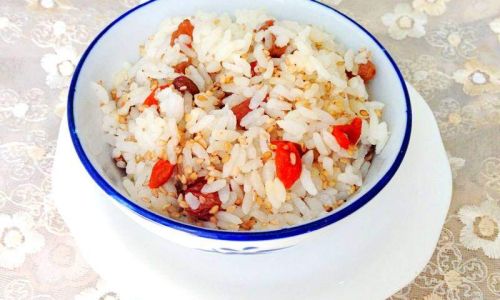
Steaming rice and vegetables together is a simple yet effective way to enjoy a nutritious and delicious meal. By following the steps outlined in this guide, you can master this cooking technique and create meals that are not only healthy but also bursting with flavor. Whether you’re looking to incorporate more vegetables into your diet or simply want to try a new cooking method, steaming rice and vegetables together offers a satisfying and versatile option. Happy steaming!
This guide provides a comprehensive look at how to steam rice and vegetables together, from understanding the basics of steaming to troubleshooting common issues. By following these steps, you’ll be able to create healthy, flavorful meals that are sure to impress your family and friends. Enjoy your culinary journey!
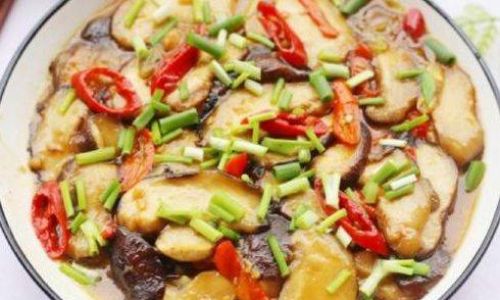

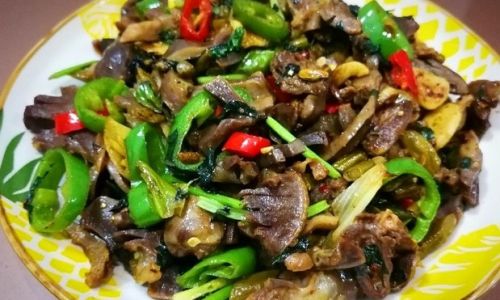
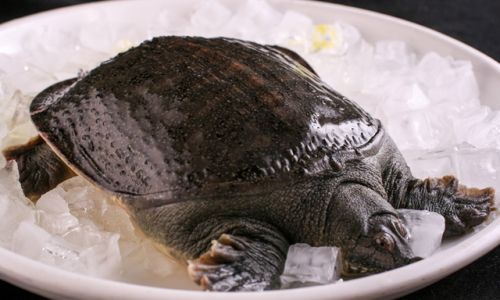

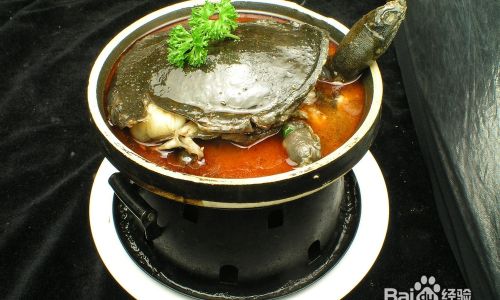
0 comments